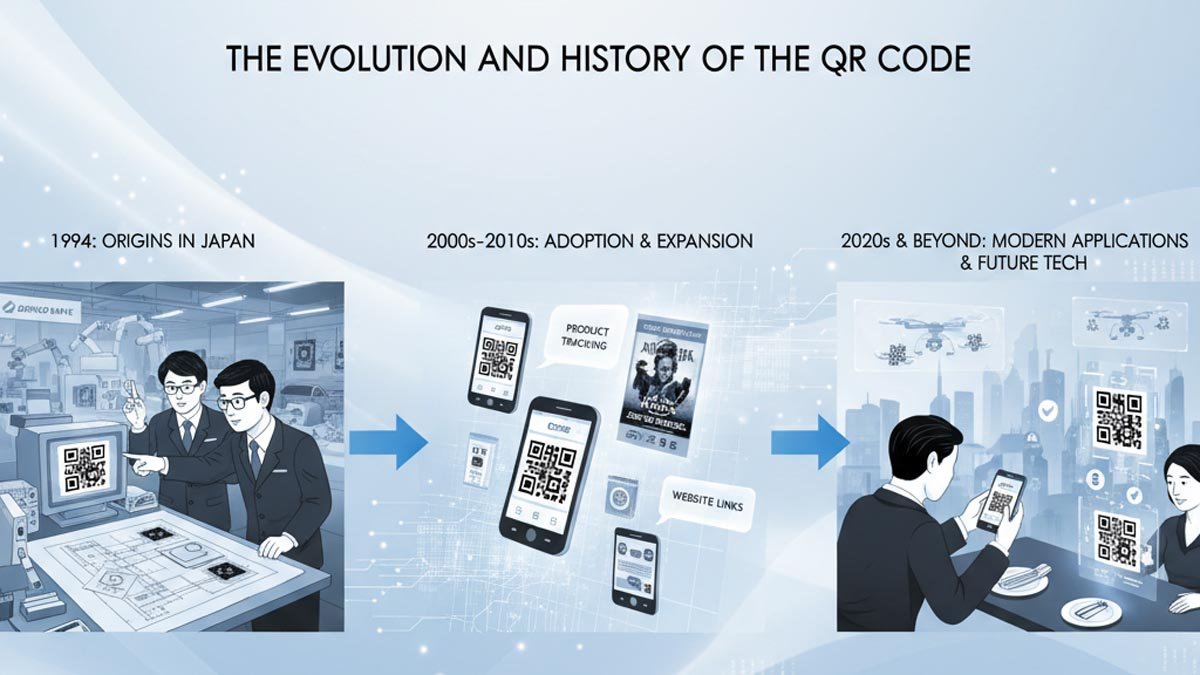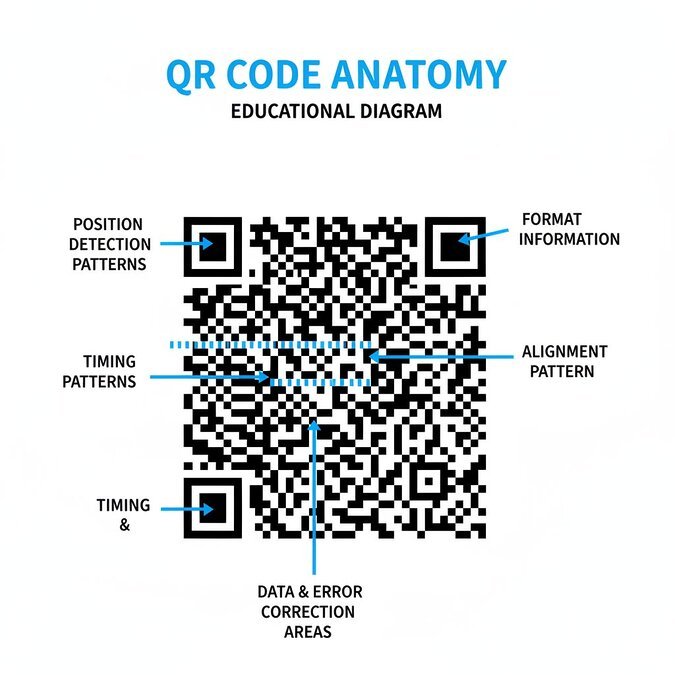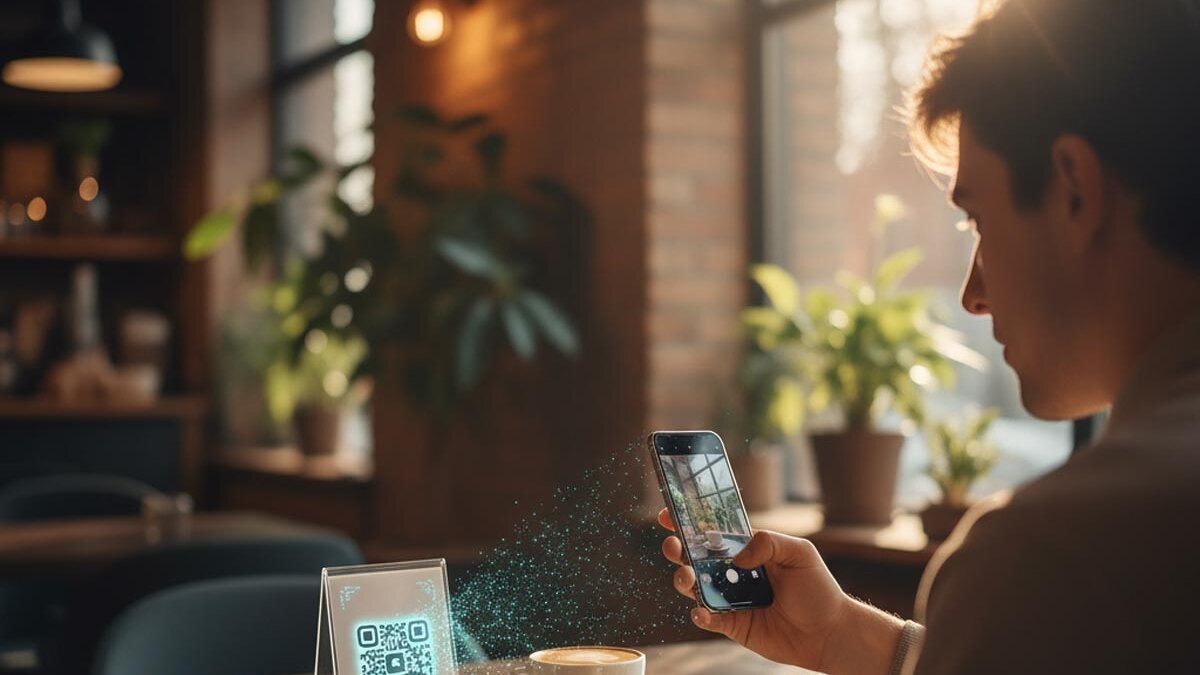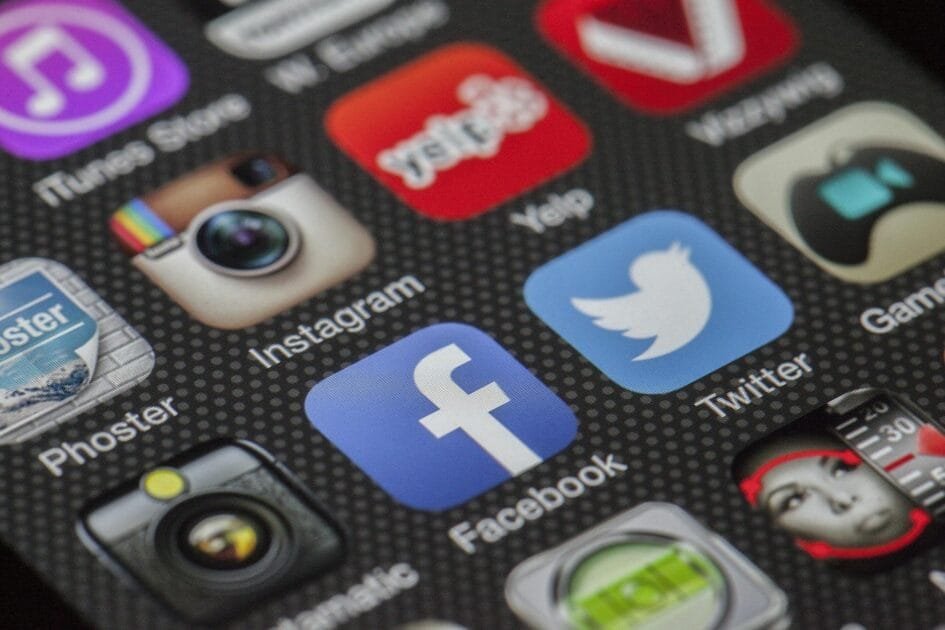The History of the QR Code Begins in Japan {#introduction}
The history of the QR code is a fascinating journey from factory floors to global smartphone screens. Invented in 1994 by Masahiro Hara of Denso Wave, this simple black-and-white matrix became a digital bridge between the physical and online worlds.
Today, from restaurant menus to digital payments, the QR code has become a universal symbol of instant connection — proof that innovation often starts small.
How the QR Code Was Invented by Masahiro Hara {#invention}
The QR code’s history began inside Toyota’s automobile factories. Traditional barcodes couldn’t store much information and required manual scanning. Masahiro Hara was asked to create a faster solution.
After extensive research, he developed the Quick Response (QR) code, capable of storing over 7,000 digits and scannable from any angle — a major breakthrough in manufacturing efficiency.
👉 Denso Wave Official QR Code History

The Design Inspiration Behind the QR Code {#design}
Interestingly, the design behind the QR code was inspired by the ancient Japanese board game Go. Hara noticed how black and white stones on a grid remain identifiable even when partially covered.
He applied this principle to create a scannable pattern using three large position markers in the corners — allowing cameras to detect codes instantly.
Open-Source Revolution: How the QR Code Spread Globally {#opensource}
In an act of visionary generosity, Denso Wave made the QR code technology open-source, meaning anyone could use it without paying royalties.
This decision accelerated adoption across industries — from logistics and retail to healthcare and education. It also laid the groundwork for the QR revolution that followed in the smartphone era.

The Smartphone Boom and Global Adoption {#smartphones}
The global explosion of QR code usage started with the rise of smartphones in the 2000s.
- Japan used QR codes for advertising and mobile payments.
- China transformed its digital economy through WeChat Pay and Alipay.
- India launched the UPI QR system, enabling cashless payments for millions.
The Pandemic Comeback: QR Code in the COVID-19 Era {#pandemic}
The history of the QR code took a powerful turn during the COVID-19 pandemic. With the need for contactless interaction, QR codes became vital for:
- Digital menus and ordering
- Contact tracing
- Health and vaccination certificates
In this period, the world rediscovered the simplicity and utility of QR technology — making it an everyday necessity once again.

How a QR Code Works: Inside the Technology {#technology}
At the heart of the QR code’s technology lies a brilliant design:
- Position Detection Patterns – The three large corner squares.
- Timing Patterns – Black and white sequences to align data.
- Error Correction – Built-in recovery up to 30% damage tolerance.
- Data Encoding – Stores up to 4,296 alphanumeric characters.
Modern Uses and Evolution of the QR Code {#modern}
The history of the QR code continues to evolve:
- Static QR codes: Store fixed information (e.g., URLs).
- Dynamic QR codes: Allow tracking, editing, and analytics.
- Branded QR codes: Customized with logos and colors.
Today, they’re used in:
- E-commerce marketing campaigns
- Smart packaging
- Digital identity and crypto wallets
➡️ Explore Tech Trends on AryaDesk
Cultural Impact and Future of QR Technology {#impact}
The QR code’s impact extends far beyond business:
- Enables financial inclusion in rural economies.
- Reduces paper waste through digital alternatives.
- Strengthens product authenticity and supply-chain transparency.
Future innovations include AR-enhanced QR codes, biometric integration, and blockchain-linked authentication systems.
Why the History of the QR Code Still Inspires Innovation {#conclusion}
The history of the QR code proves that powerful innovations often arise from simple needs.
What began as a manufacturing solution in Japan is now a global digital connector — bridging billions of people, businesses, and services daily.
Masahiro Hara’s invention stands as a timeless reminder that even a small black-and-white square can reshape the modern world.
AryaLekh DoFollow :
- Vijayanagara Empire History: 10 Powerful Facts About India’s Glorious City of Victory
- यात्रियों की आँखों से भारत : दसवीं से सत्रहवीं शताब्दी तक का सामाजिक, सांस्कृतिक और आर्थिक विश्लेषण
- Chitrakoot Breaking News Today: Bulldozer Action, Expressway Push, and Ramlila Preparations in Uttar Pradesh’s Spiritual Heartland
- डिजिटल युग में सच और झूठ — भारत में गलत खबरों का खौफ
- Prime Minister Modi Turns 75: Will BJP’s ‘Retirement Debate’ Finally End?
- मोदी 75 वर्ष के: भाजपा में रिटायरमेंट बहस का अंत या क्रांतिकारी बदलाव?
- India and Iran: A Comparative Journey Through Culture, Society, and Modernity
- GST 2.0 India — Big Relief and Festival Boost for Middle Class & Small Businesses
- Nepal Plunges Into Turmoil as Gen Z Protests Force PM Oli to Resign
- Shruti Haasan Biography 2025: Inspiring Journey of a Multi-Talented Star
- Trisha Krishnan: Timeless Queen of South Indian Cinema and Her Real-Life Lifestyle
- Top 1st Glorious Journey of Titanic Film Actress Kate Winslet – Biography, Real Facts & Jungkook’s Watchlist



